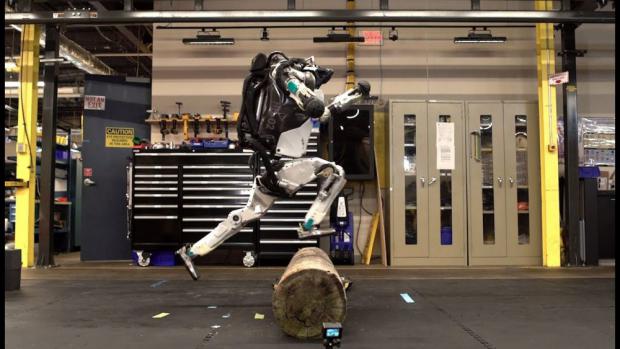
Breaking News
 WOW: Schumer now privately BEGGING to reopen the Gov – Liberal Hivemind
WOW: Schumer now privately BEGGING to reopen the Gov – Liberal Hivemind
 Obamacare's Devastating Legacy: Skyrocketing Costs, Useless Coverage, and Windfall Profits...
Obamacare's Devastating Legacy: Skyrocketing Costs, Useless Coverage, and Windfall Profits...
 Global Push for a Digital ID--and Its Threat to Freedom
Global Push for a Digital ID--and Its Threat to Freedom
 There Will Be No Ukraine Peace Deal: Putin Should Quickly Win the Conflict Before...
There Will Be No Ukraine Peace Deal: Putin Should Quickly Win the Conflict Before...
Top Tech News
 Future of Satellite of Direct to Cellphone
Future of Satellite of Direct to Cellphone
 Amazon goes nuclear with new modular reactor plant
Amazon goes nuclear with new modular reactor plant
 China Is Making 800-Mile EV Batteries. Here's Why America Can't Have Them
China Is Making 800-Mile EV Batteries. Here's Why America Can't Have Them
 China Innovates: Transforming Sand into Paper
China Innovates: Transforming Sand into Paper
 Millions Of America's Teens Are Being Seduced By AI Chatbots
Millions Of America's Teens Are Being Seduced By AI Chatbots
 Transhumanist Scientists Create Embryos From Skin Cells And Sperm
Transhumanist Scientists Create Embryos From Skin Cells And Sperm
 You've Never Seen Tech Like This
You've Never Seen Tech Like This
 Sodium-ion battery breakthrough: CATL's latest innovation allows for 300 mile EVs
Sodium-ion battery breakthrough: CATL's latest innovation allows for 300 mile EVs
 Defending Against Strained Grids, Army To Power US Bases With Micro-Nuke Reactors
Defending Against Strained Grids, Army To Power US Bases With Micro-Nuke Reactors
This video of Boston Dynamics' creepy humanoid robot doing parkour ...

Robots have always had certain advantages over humans. They're typically made of more durable materials than the soft tissue covering human bodies and since they can be repaired in the event of damage, they can basically "live" forever. But robots are usually clunky and clumsy, and humans have always had a huge advantage in terms of dexterity.
Thanks to the mad scientists at Boston Dynamics, that appears to be changing. The humanoid Atlas robot, which has already demonstrated incredibly impressive human-like abilities, just keeps getting better and better, and a new video by the company shows that its fluidity of movement has now easily surpassed your own (and mine).
Atlas has slowly but surely been learning a lot of new skills over the past few years. It's graduated from holding boxes and awkwardly walking to sprinting over obstacles and navigating all manner of difficult terrain.
This latest demonstration is an evolution of those skills, with the robot showcasing its ability to tumble, spin in the air, and even do a respectable handstand. It's essentially a full-fledged gymnastics routine being performed by a robot. Whether that's awesome or scary depends on your point of view.

 SpaceX Heat Shield and Starship Mass Production
SpaceX Heat Shield and Starship Mass Production

